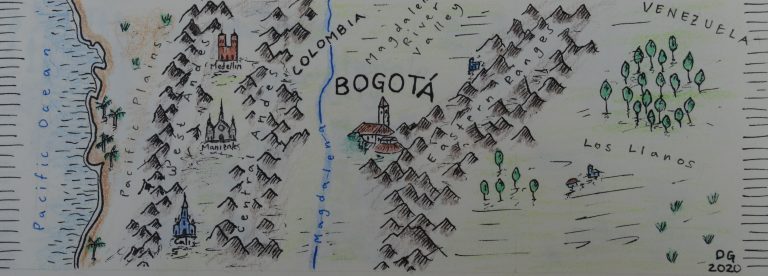
Voices from Cali
Vivo Mi Calle is a youth project in Cali, Colombia, that aims to create interest in urban issues.
In this section, people are telling their stories about participation. It is intended as an inspirational collection of voices, ideas and experiences from urban neighbourhoods all over the world. The opportunity to participate or make one’s voice heard is usually most limited in informal settlements or poor neighbourhoods. Therefore, these stories focus on ideas for more urban participation in poorer communities. Do you have a story to share from your neighbourhood? Get in touch with me!
This is a geographic overview of all the Stories I have collected so far:

Vivo Mi Calle is a youth project in Cali, Colombia, that aims to create interest in urban issues.

The Future Paisley exhibition is a great example for how a city can tackle culture-led regeneration.

In this guest post, Mei Uchida, Ami Hasebe and Patricia Calma look into the participatory elements of Yokohama’s Dōbutsu-no-mori Park

In this interview, we speak about Fab Labs and how to foster participation in Mexico City’s vulnerable outskirts.

Despite what critics may say, new forms of participation brought by about by the pandemic are more, not less, inclusive, and go a long way to rectify problems with the status quo

Amy Hubbard from “Capire – Giving Every Person a Voice” talks about her community engagement work in Melbourne, Australia.

Urban planner and GIS expert Carolina Monteiro de Carvalho presents a participatory mapping project she conducted in the outskirts of São Paulo.

Michelle, Isaac and Lorna share insights about how Covid-19 is affected informal settlements in Kenya’s capital city, Nairobi. In their interviews, they talk about the specific challenges that the pandemic brings, and about community-based solutions.

In this interview with urban planner Dima Al Srouri, you will read about the two largest cities of the UAE, Abu Dhabi and Dubai, and differences in their respective urban planning systems.

Based on input from guides and friends in Bogotá, this article presents innovations in cycling, public space, urban transport and urban art in the Colombian capital.

In this article, I look at gentrification in Guatemala City, which can be seen in the presence of AirBnB and in the 4 Grados Norte project. At the same time, an urban renewal project in city centre shows what is missing in other projects.

Rather than a single voice from Vancouver, this collection presents recommendable articles about this fascinating city.